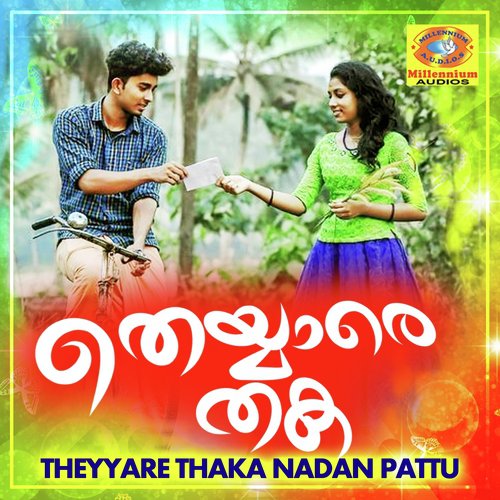
The film music of Kerala in particular is the most popular form of music in the state. Kalamandalam Gangadharan, who remains the last exponent of the original tradition has almost retired from the scene.įilm music, which refers to playback singing in the context of Indian music, forms the most important canon of popular music in India. But Hyderali softened the original Asura nature of the art. Since Kathakali is essentially a temple art one of the greatest ever Kathakali singer, Hyderali, who was a Muslim, had to face stiff resistance which eventually was swept away by the immense force of popularity. Kalamandalam at Vallathol Nagar, near Shornur, Trissur in Kerala is an important training center for this art. The foremost artist was Kalamandalam Krishnan Nair. This typically Kerala style of rendition takes its roots from the temple songs which used to be sung (continues even now at several temples) at the time when Kathakali was born. Even though most of the songs are set in ragas based on the microtone-heavy Carnatic music, there is a distinct style of plain-note rendition, which is known as the Sopanam style. The language of the songs used for Kathakali is Manipravalam, a mixture of Malayalam and Sanskrit. Other forms of popular music include light music, pop music and devotional songs.

The popular music in Kerala is enriched by its highly developed film music branch. Popular music of Kerala had a linear development along with classical music of the region, till the branches separated. The king of Travancore, Swathi Thirunal patronaged and contributed much to the Hindustani Music. Kerala also has a significant presence of Hindustani music as well. Unnikrishnan have made their musical impact in the international arena, thus keeping the regal tradition of Carnatic music alive. Among the younger generation, child prodigy violin wizard L.Athira Krishna and Carnatic vocalist P. Krishnan, T S Nandakumar are renowned musical exponents from Kerala. Sankaran Namboothiri, Mavelikara Krishnankutty Nair, Neyyattinkara Vasudevan, T. Yesudas, K.G Jayan (Jayavijaya), Palghat Mani Iyer, Vidwan Gopala Pillai, Chertala Gopalan Nair, M. Legends like Swati Tirunal, Irayimman Thampi, Shadkala Govinda Marar, Chembai Vaidyanatha Bhagavatar, K. Some famous sopanam singers are Neralattu Rama Poduval, Janardhanan Nedungadi and Damodara Marar. Sopanam is traditionally sung by men of the Marar and Pothuval community, who are Ambalavasi (semi-Brahmin) castes engaged to do it as their hereditary profession. It is sung, typically employing plain notes, to the accompaniment of the small, hourglass-shaped ethnic drum called idakka, besides the chengila or the handy metallic gong to sound the beats. Sopana sangeetham (music), as the very name suggests, is sung by the side of the holy steps (sopanam) leading to the sanctum sanctorum of a shrine. Sopanam came to prominence in the wake of the increasing popularity of Jayadeva's Gita Govinda or Ashtapadis. Sopanam is religious in nature, and developed through singing invocatory songs at the Kalam of Kali, and later inside temples. Sopana Sangeetham is a form of classical music that originated in the temples of Kerala.

Kerala is musically known for Sopana Sangeetham. The oldest examples of Pattu and, are Ramacharitam and Vaishikatantram, both of the twelfth century. varying degrees of the fusion of the three different strands. Malayalam poetry to the late 20th century CE It is very unuseful data. Manipravalam of the Sanskrit tradition, which permitted a generous interspersing of Sanskrit with Tamil.The early literature of Malayalam comprised three types of composition: The earliest written record of Malayalam is the Edakal - 5 inscription (ca.


 0 kommentar(er)
0 kommentar(er)
